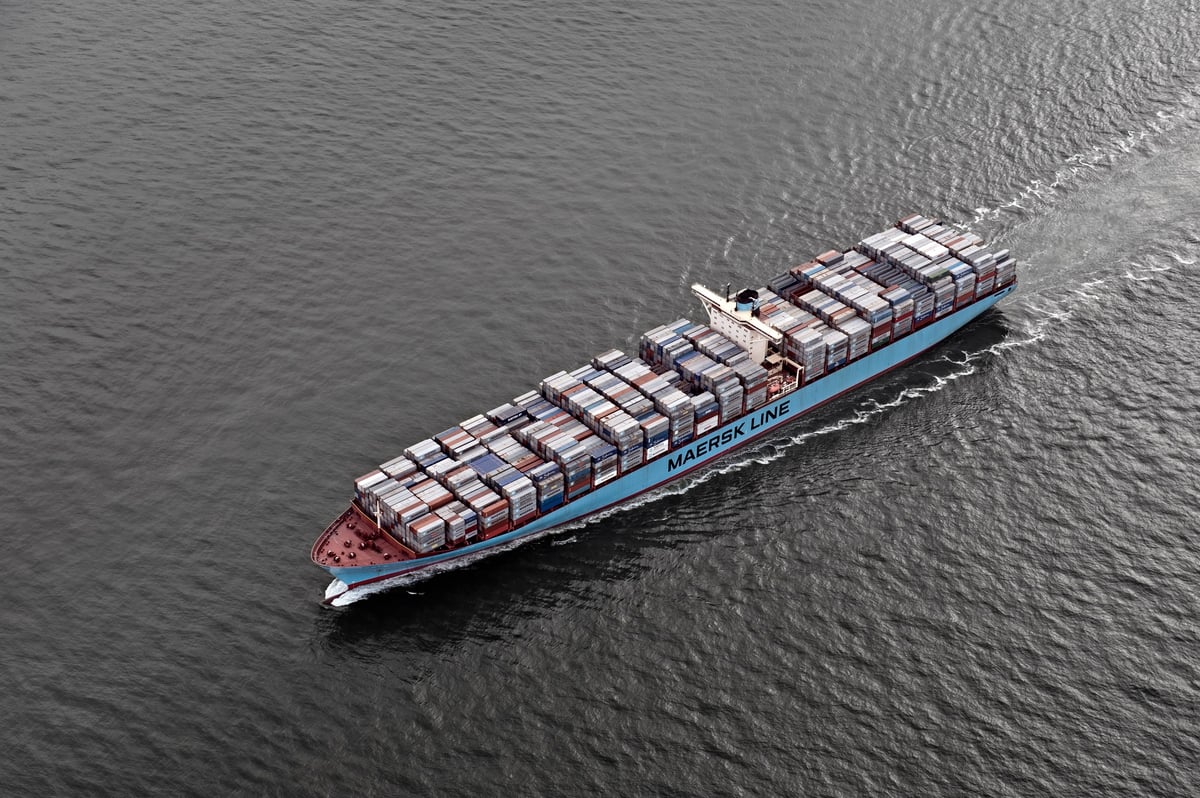After last week’s release of Maersk’s earnings, Chief Executive Soren Skou added a few comments of explanation to the reported Q1 2017 losses. Container rates improved in the first quarter, he said, and continued to improve in April. Much of the rate improvement came on their East-West routes, with North-South finally beginning to recover.
The loss in the shipping unit was attributed to increased bunker costs of USD 381 due to the increase in the price of crude oil. This is a mixed blessing for Maersk, however, as Skou added that Maersk Oil, the company’s energy unit (Maersk Oil, Maersk Drilling, Maersk Tankers, Maersk Supply Service) “is very profitable” at today’s price of oil.
Long known for taking a hard-nosed and conservative look at its business and the surrounding economics, Maersk’s views on the 2017- 2018 container markets are positively rosy as they stand by their forecast of 2017 profits in excess of $711 million:
“Global container demand grew nearly 4% in 2016,” Maersk commented, “and strengthened at the end of 2016. This momentum continued into the first quarter 2017, with global container demand of around 5%, as the global economic environment improves.”
Asia-Europe Import/Export: Q2 Shipping Rates Positive for Carriers
The recent happenings in the export Europe route should also help in providing positive numbers for Maersk in Q2. The unusual rate increase on the Europe-Asia route that happened in early April will surely be seen in Q2 results. At its highest point, at the end of April, our Xeneta data reports a 40ft box on the spot market moving at a market average price of USD 2009, +50% than the end of March. Although, rates on this route have slightly declined about 7% since end of April, they are not as low as early in the year.
Long-term contract negotiations were postponed by many European shippers with the hopes that the container rate rally that started in Q4 and sprinkled into the beginning of the year, would halt. That wasn’t the case and perhaps many shippers may be kicking themselves.
Xeneta sees a clear increase of long-term contracts for the China Main ports- North Europe main ports route for a 40ft container negotiated in the last 3 months. The rate lies at USD 1396 for a box shipping in mid-May, +120% than mid-May 2016. What’s more interesting is that long-term contracts for sailings so far in Q2 vs Q1 have increased 10% on the market average price. In addition, the lower end of the market (lowest prices recorded in Xeneta) has had an even larger increase; +25% from the end of Q1 (USD 500) to today (USD 642). This is a clear sign of profitability to be felt by Maersk and carriers in their Q2 numbers. The rate holds steady through the end of H2 at a market average price USD 1397 for contracts negotiated in the last 3 months.
I must say that I would be stunned if Maersk’s Q2 results are not positive after the strong rates being contracted 2 months into the 2nd quarter.
With negotiations seemingly completed in Europe, Xeneta is currently showing that containers with contracts valid until mid-August sit at a market average price above $1400. There doesn’t seem to be a sign of a substantial decrease as we move into the summer and if carriers can keep or even further improve the market conditions they’ll benefit and we’ll see better numbers for Maersk and perhaps for other carriers as well.
Let’s not forget that Maersk also just brought the world’s largest containership (M/V Madrid Maersk @ 20,500 TEU’s) into service two weeks ago, with nine more of their fuel-efficient Triple E’s arriving in the upcoming 18 months, their upcoming quarterly financial releases should be most interesting.
GET WHITEPAPER
Data Enables Real-Time Decisions to Keep the Shipping and Logistics Pipeline Flowing
In order to get the most value out of big data in the shipping and logistics industry, a company needs to determine what they want to do: Reduce costs? Increase revenue?







